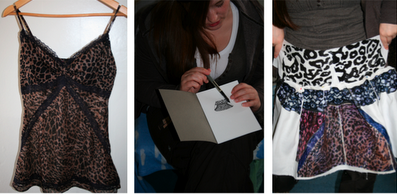
This free event was hosted by the Public Services team within the Design Council, London. Designers were invited to participate in a discussion about the future of the economy, society and government. As 2009 will be remembered as the year of global economic durntown – what does this mean to our future?
Dr Alex King, project leader in the governments Horizon Scanning Centre – presented “Economy and Society 2030”
He used scenario mapping to present 4 possible future scenarios to illustrate portraits of the future of Britain. All scenarios were speculative and addressed themes such as social values, behaviour, technology, community, resources, innovation, economics…
Dr King talked about 4 different worlds, these scenarios projected people uniting together and regarding collaboration more important than competition, with a strong sense of community. Or a different competitive society where people become isolated with lots of small closed communities…
Discussion was gauged around the scenario methods and I found the discussion as interesting as the presentation. The method of scenario mapping could be used to engage people, prompting discussion and debate. But, there are lots of variables that could impact each scenario differently and this creates a lot of complexity around the method.
Some interested points were highlighted throughout the discussion such as using designers to create visual scenarios/ storyboards to communicate to participants and multiple stakeholders. Therefore could we create roles for designers when creating government policy?
I found this event was really interesting and thought provoking and think it’s a create platform to bring designers together.








